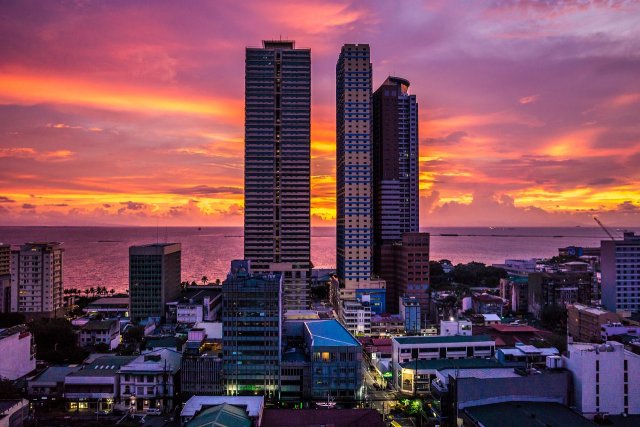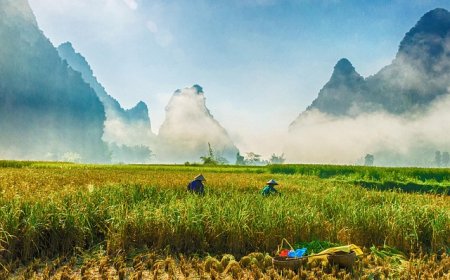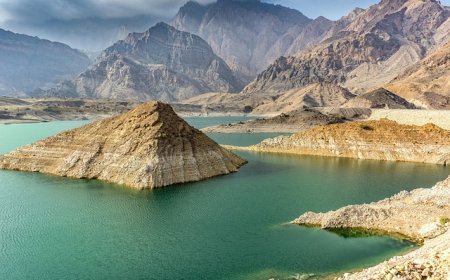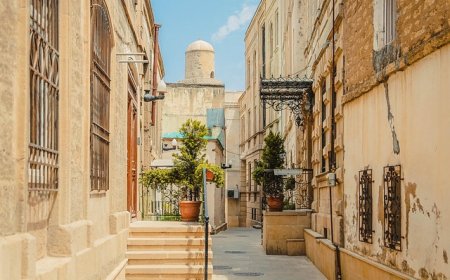The Philippines Culture, Geography, and History of a Southeast Asian Island Nation
Learn about the Philippines’ geography, people, history, and culture in this student-friendly article

Introduction
The Philippines is a country made up of over 7,000 islands in Southeast Asia, located in the western Pacific Ocean. It’s a land of beautiful beaches, friendly people, ancient volcanoes, and colorful festivals. Whether you're exploring coral reefs, learning about heroic history, or enjoying a meal of rice and grilled fish, the Philippines is full of warmth and wonder.
With over 115 million people, the Philippines is one of the most populated island nations in the world. The country is rich in natural resources and cultural traditions, shaped by Asian roots, Spanish influence, and a strong sense of community. Filipinos are known for being welcoming, cheerful, and proud of their country.
Geography and Landscape
The Philippines stretches across the Pacific “Ring of Fire,” an area known for earthquakes and active volcanoes. Because of this, the country has many volcanoes, including Mount Mayon, known for its near-perfect cone shape, and Taal Volcano, which sits in the middle of a lake.
The country’s three main island groups are Luzon, Visayas, and Mindanao. Luzon is the largest island and home to the capital city, Manila, as well as Quezon City. The Visayas are known for white-sand beaches and beautiful coral reefs, while Mindanao has mountains, waterfalls, and rainforests.
The Philippines has a tropical climate, with a wet season (June to November) and dry season (December to May). Typhoons, or strong storms, can hit the country several times a year, especially between July and October.
Cities and Regions
Manila, the capital, is a bustling city filled with history, modern malls, and busy streets. Nearby is Quezon City, the country’s largest city, where many government offices and universities are located.
Other important cities include:
- Cebu City – Known as the “Queen City of the South,” rich in Spanish colonial history
- Davao City – A peaceful and green city in Mindanao, home to durian fruit and Mount Apo
- Baguio – A cool mountain city in Luzon called the “Summer Capital”
Each island and region in the Philippines has its own dialect, traditions, and local foods, giving every part of the country a unique flavor.
People, Language, and Culture
The people of the Philippines are called Filipinos. They are known for their kindness, hospitality, and strong family values. The country is home to many ethnic groups, each with its own languages and customs.
The national language is Filipino, which is based on Tagalog, and almost everyone also speaks English, making the Philippines one of the most English-speaking countries in Asia. There are also over 170 regional languages and dialects across the islands.
The main religion is Roman Catholicism, introduced by the Spanish during their 300-year rule. Churches and religious festivals, or fiestas, are part of daily life. One of the most famous fiestas is the Sinulog Festival in Cebu, filled with dancing, music, and bright costumes.
Filipino culture is a blend of native traditions, Spanish and American influences, and modern Asian trends. Traditional dances like tinikling, where dancers step between bamboo poles, are performed at schools and festivals.
Food and Daily Life
Filipino food is flavorful and often includes rice, which is eaten with nearly every meal. Dishes are usually savory, sweet, or sour, and sometimes all three at once! Meals often feature grilled meats, seafood, noodles, and stews.
Popular Filipino foods include:
- Adobo – meat (usually chicken or pork) marinated in vinegar, soy sauce, and garlic
- Sinigang – a sour soup made with tamarind, vegetables, and meat or shrimp
- Lechon – a whole roasted pig served during celebrations
- Halo-halo – a sweet, icy dessert made with fruit, beans, jelly, and milk
Families in the Philippines are often close-knit, with several generations living under one roof. Many Filipinos work as farmers, fishermen, teachers, or nurses. Schools are very important, and students wear uniforms and often speak both English and Filipino in class.
History of the Philippines
The islands of the Philippines have been home to early tribes and trading kingdoms for thousands of years. In the 1500s, Spanish explorers arrived and named the islands after King Philip II of Spain. The Spanish ruled for over 300 years, building churches, forts, and towns, and spreading Catholicism.
In 1898, the Philippine Revolution and the Spanish-American War led to the end of Spanish rule. The Philippines became a colony of the United States, and gained independence on July 4, 1946, after World War II.
Today, the Philippines is a republic with elected leaders. It continues to face challenges like natural disasters and poverty but is also growing quickly in education, business, and technology.
Nature and Wildlife
The Philippines is a biodiversity hotspot. Its rainforests, coral reefs, and mountains are home to many animals found nowhere else in the world, such as the Philippine eagle, the world’s largest eagle, and the tiny tarsier, a primate with giant eyes.
There are more than 200 species of mammals and over 600 bird species in the country. Marine life is also rich, with whale sharks, dolphins, sea turtles, and colorful fish living in the reefs.
Some of the best places to explore nature in the Philippines include:
- Palawan – known for underground rivers and limestone cliffs
- Bohol – home to the Chocolate Hills and tarsiers
- Apo Reef – one of the world’s best coral reef diving spots
Environmental issues such as deforestation and plastic pollution are being addressed through eco-tourism and community conservation programs.
Vocabulary List
| Word | Definition |
|---|---|
| Archipelago | A group of islands |
| Volcano | A mountain that can erupt with lava or ash |
| Tagalog | A native language that forms the basis of Filipino |
| Fiesta | A religious or cultural festival |
| Adobo | A Filipino dish made with meat, vinegar, and soy sauce |
| Tarsier | A small tree-dwelling animal with large eyes, found in the Philippines |
| Republic | A form of government with elected leaders |
| Coral Reef | An underwater structure made by coral, often home to sea creatures |
👧🧒 Kid-Friendly Summary
The Philippines is a country made up of thousands of islands. It’s full of beaches, volcanoes, and smiling people. Kids go to school, eat rice and adobo, and speak both English and Filipino. The country has fun festivals with dancing, music, and food.
In the ocean, you can see sea turtles and colorful fish. In the jungle, you might spot a tarsier or even a huge eagle. Filipinos are friendly and proud of their culture, and there’s always something exciting to discover!
🧠 Interactive Quiz: What Do You Know About the Philippines?
1. What is the capital of the Philippines?
A) Cebu
B) Davao
C) Manila
D) Palawan
2. What is the national language based on?
A) Spanish
B) Tagalog
C) English
D) Cebuano
3. What is adobo?
A) A dessert
B) A spicy drink
C) A meat dish with vinegar and soy sauce
D) A dance
4. What animal has big eyes and lives in trees in the Philippines?
A) Parrot
B) Monkey
C) Tarsier
D) Eagle
5. What are the three main island groups of the Philippines?
A) Luzon, Mindanao, Visayas
B) Manila, Cebu, Palawan
C) Tagalog, Cebuano, Ilocano
D) Volcano, Island, Coral
6. What is a fiesta?
A) A national park
B) A storm
C) A festival
D) A food stall
7. What kind of eagle is found only in the Philippines?
A) Bald eagle
B) Philippine eagle
C) Golden eagle
D) Sea eagle
8. What group ruled the Philippines for over 300 years?
A) British
B) Chinese
C) Spanish
D) Japanese




















































